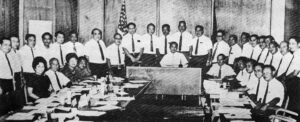
Political Status Commissions
In the 1960s and 1970s, several formal entities were organized by the Government of Guam to help assess the island’s political needs and desires and

In the 1960s and 1970s, several formal entities were organized by the Government of Guam to help assess the island’s political needs and desires and

The Guam Elective Governor Act was passed by the United States Congress on 11 September 1968 and granted the people of Guam the authority to

Guam residents seek more self government. In an effort to address deficiencies in Guam’s relationship with the United States, two constitutional conventions were convened by

When Guam was ceded to the United States after the Spanish-American War in 1898, the island fell under the administrative control of the US Navy.

Ancient wisdom. Within the region known as Micronesia is a chain of islands called the Marianas, which are the furthest north and the nearest to
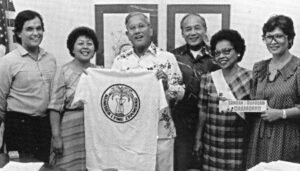
The goal of education in any society is to impart knowledge and to equip people with the tools necessary to become valuable and contributing members
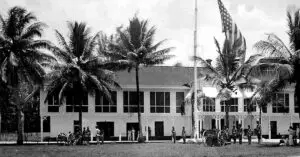
Partitioning the Mariana Islands at the peace table in Versailles was undoubtedly one of America’s greatest foreign policy “Follies.” Despite the best advice from naval
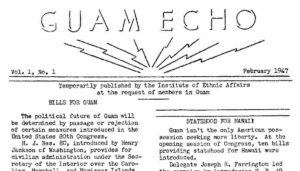
Early Guam newspapers. Two publications that emerged during the US Naval Administration of Guam (1898-1941) were the Guam Eagle and the Guam Echo. The Guam
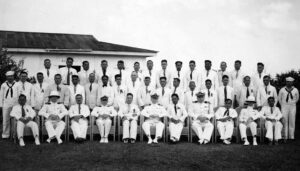
The United States began its colonial administration of Guam in 1898. Today, Guam remains a colony of the US as an unincorporated territory. Because of

Navy controlled entry and departure from Guam. August 21, 2012 marked the 50th anniversary of an unsung milestone in Guam’s post-World War II development. On